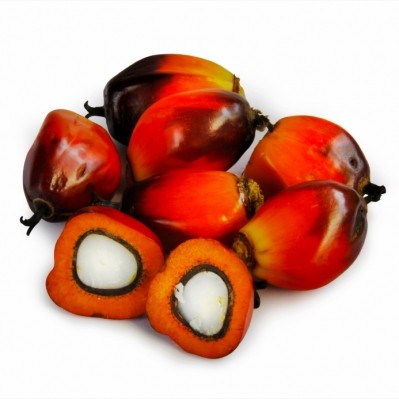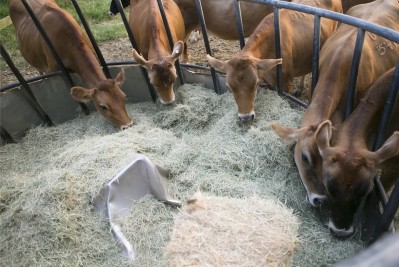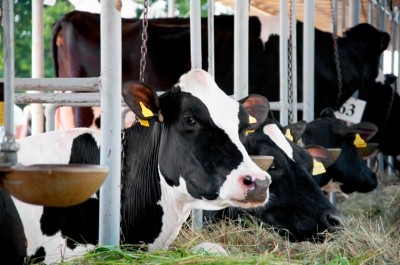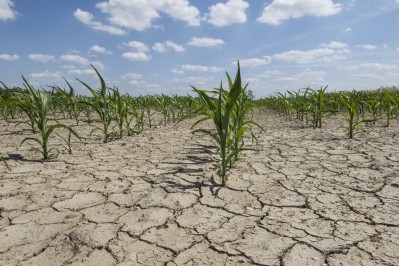Turning palm fronds into feed pellets in the US
That California based firm will take the city’s palm fronds, which although organic in nature, are hard to grind up and can take 50 years to biodegrade in a landfill, and turn them into livestock feed.
Palm Silage currently sources its palm from date ranches in the Coachella Valley in California and sells its feed product in that state and in others such as Wyoming and Utah for use in feed for pigs and cattle. It also generates sweet palm hay as an alternative to alfalfa.
The company is now expanding its production capacity with a new facility in Phoenix.
That city collects about 34,000 tons of palm fronds a year, which is all sent to a landfill, and with a citywide goal of diverting 40% of trash from the landfill by 2020 under the Reimagine Phoenix initiative, finding an alternative to burying those palm fronds had become a priority for Pheonix.
The city issued a Request for Proposals (RFP) on solutions in January this year, and after review of proposals, its officials chose Palm Silage’s application.
Pheonix city's contract with Palm Silage has two phases: Phase 1 allows the company to lease six acres of land to dry and grind the fronds collected from residents and businesses; Phase 2 allows the producer to lease four more acres to dry and grind the palm fronds, and to manufacture the actual livestock feed.
Under the deal, Palm Silage will have a 10-year lease with two 10-year options for renewal.
“Once our new mill is built, we expect to produce more than 50,000 tons annually,” said Jim Parks, CEO of Palm Silage.
Grinding process
A grower of palm trees for about 15 years, he began experimenting with a grinding process with the goal of developing equipment to manage the mass processing of palm waste for animal feed.
“Palm fronds are a challenge to deal with because they are very fibrous and expensive to grind,” he told FeedNavigator. “It requires million-dollar machinery to deal with large amounts of palm waste.”
He also worked with a nutritionist to develop a pelleted feed from the processed palm fronds and waste dates.
Feed components
Palm leaves and waste dates are ground and mixed with other ingredients to make the feed, said the company.
“We have a patented process that we can't share, but essentially we grind large amounts of palms in expensive grinders to prepare it for pelletizing,” said Parks. “The palm-date mix is then sent to a large mill where the other ingredients are added and pelletized.”
“It's a more nutritious feed at a reduced cost,” said Parks. “Producers who use our feed are also helping the environment (especially drought-ridden California) because they're buying a feed that doesn't require water.”
Palm trees survive well in dry climates and do not need much moisture, he said. “For palm trees, the drier the climate, the better – that's why the Coachella Valley is so optimal for farming palm,” he added.
The feed generated is produced with canola so it is soy-free, he said.
